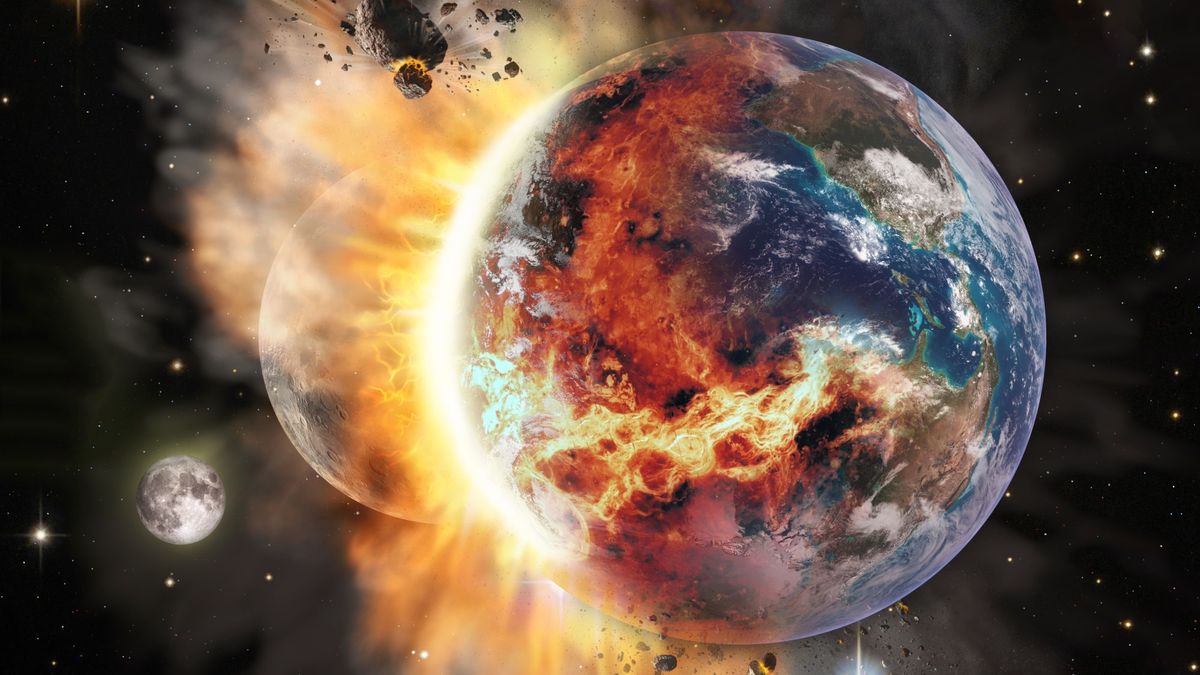
The Earth is rich in water, but scientists have never agreed on how it got there. One theory is that asteroids or comets carried water to the young planet. But recent findings challenge this idea. A team of cosmochemists led by Laurette Piani of the University of Lorraine has found evidence that some of the ingredients for life formed in Earth’s rocks rather than being brought to it from space. Their results, published in Science, were surprising because they suggest that the rock-forming process happened much more quickly than has long been believed.
The researchers analyzed 13 rare meteorites that are thought to have formed in the inner solar system at the time of our planet’s formation. Using neutron activation analysis, they determined the presence of hydrogen and oxygen in the samples. The team also measured the ratio of heavy water (water molecules with more than one proton) to normal water in the samples. This ratio provides information about the amount of heavy water in a sample and its origin. The team found that the ratio in these meteorites was much higher than it would have been if the water had been introduced after the planets formed. This suggests that the water did not travel from the outer solar system to the inner Solar System in icy comets, as has been long suspected.
Instead, the team suspects that the heavy water formed in the roiling cloud of gas and dust that birthed our planet and the other rocky planets in our Solar System. These molecules may have snuck into the forming planets by attaching themselves to dust particles as they merged. This would have allowed a significant amount of water to survive the ferocious temperatures and violent processes that sculpted the early Earth.
To test their hypothesis, the astronomers compared the heavy water to regular water in samples from the asteroid Vesta. They discovered that the proportion of the heavier isotope was similar to that in the Baffin Island meteorites. Vesta, the second largest object in our asteroid belt, has a heavily cratered surface that suggests a turbulent past. The scientists also studied ice from the outer reaches of our solar system and found that it had lower ratios of heavy to normal water than the meteorites.
This means water was likely already in the earliest Earth rocks rather than being brought to them from space. The discovery will force scientists to rethink theories about how the early Earth formed. For example, the new findings suggest that much water could be locked away deep inside Earth in minerals that form when many tiny millimeter-sized pebbles are smashed together. This suggests that rocky planets like Earth can accumulate lots of water relatively quickly, possibly in just a few million years. This is a radical change to conventional wisdom, which holds that it takes over 50-100 million years for the minor rocky planets to reach their total sizes.


